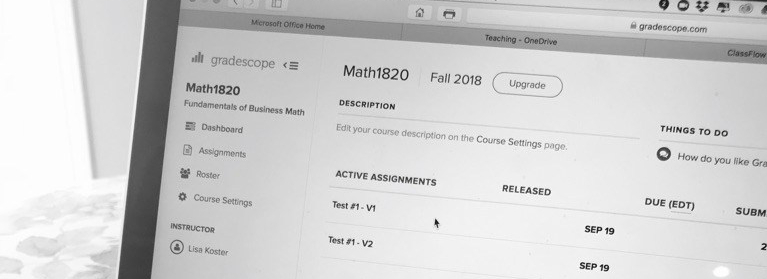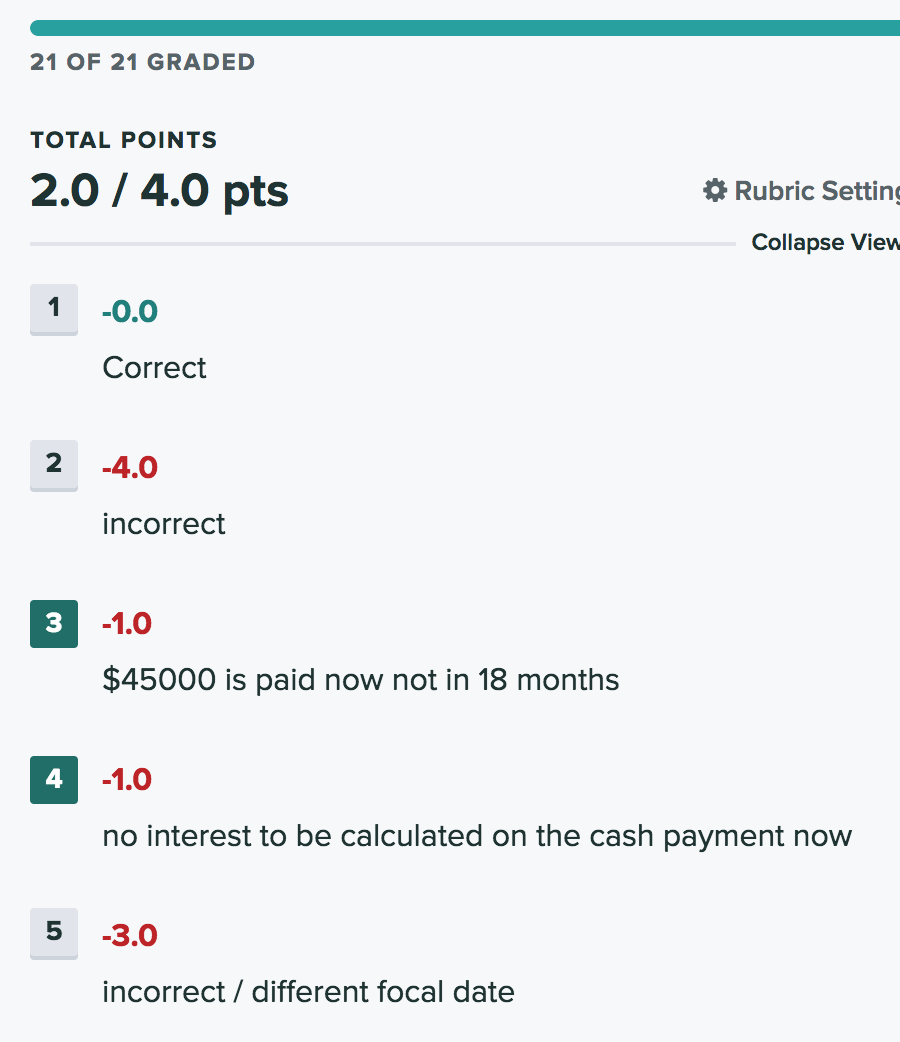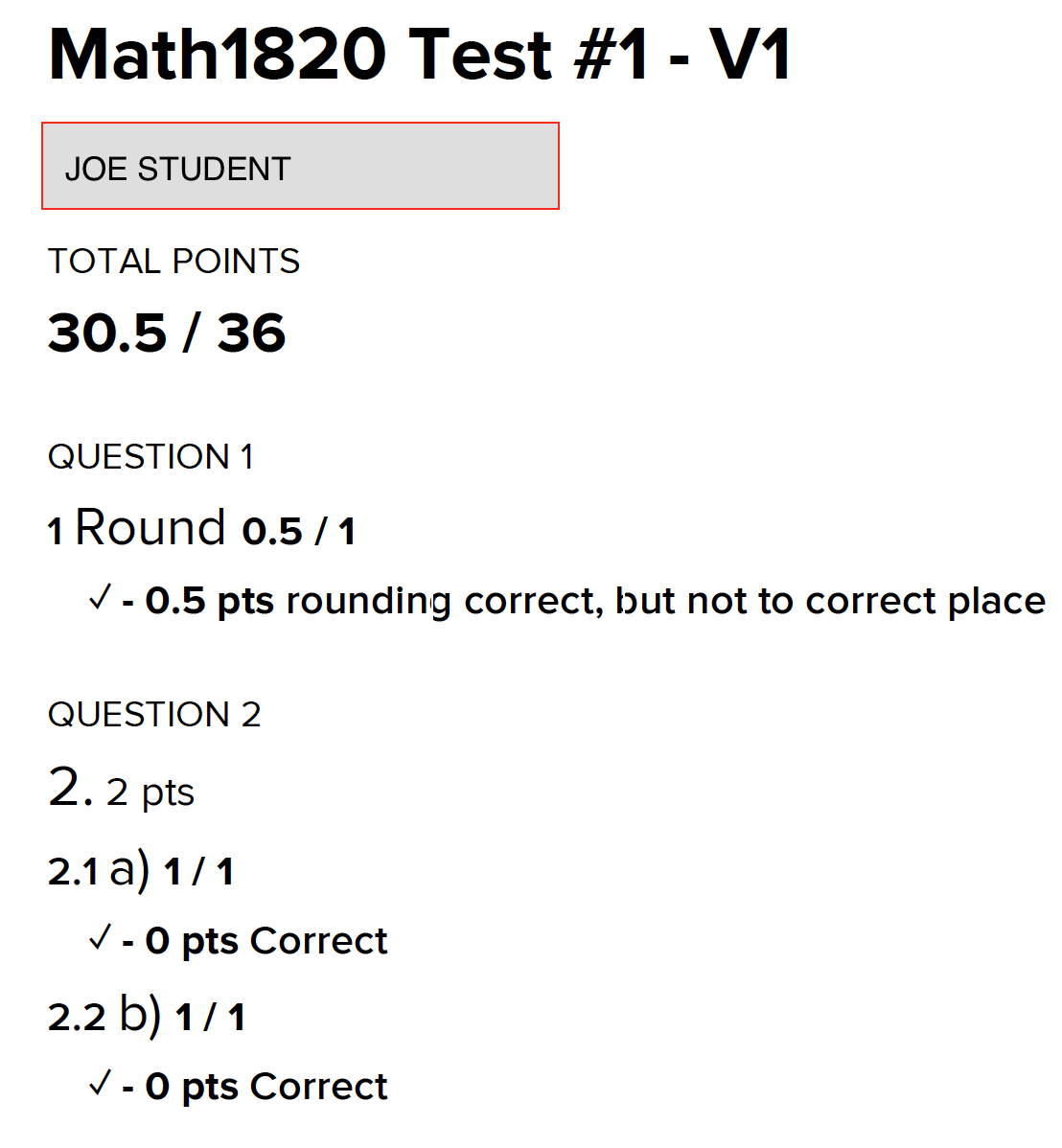It’s hard to believe that this is post #5 for the 9x9x25 challenge. We are past the halfway point!
Since writing (and hence blogging) isn’t my strength, I sometimes find it hard to figure out what to write about. This week I had to look around the other 9x9x25 posts for some inspiration.
If you have been reading my other posts, you will know I have been having trouble with one particular class. In particular, they are very unfocussed. They would rather sit and wait for me to take up a question, then attempt it on their own (even though I encourage them to work together). Most never do any homework outside of class. They come unprepared for class (some have come to a test with no calculator!!) and then beg for more time or a second chance. Some arrive late for class or leave early.
I am constantly searching for a new ideas I can try. I find myself reading the other 9x9x25 posts (and other blogs) as often as I can for help.
When reading the posts from over the last week I found one that resonated with me. Specifically, the post by Prof Melanie – “Are you teaching with your signature strengths?“.
Prof Mel talked about how she took the VIA Character Strengths Survey and how she is living out her #1 character strength (creativity).
It made me wonder what my #1 character strength was and if I was living mine out. I decided to take the survey. (Try it yourself: VIA Character Survey)
After answering all the questions, I found out my top character strength: was Perseverance.

Photo by Martin on Pexels.com
According to the VIA, this is defined as “Finishing what one starts; persevering in a course of action in spite of obstacles; ‘getting it out the door’; taking pleasure in completing tasks.” (https://www.viacharacter.org/www/Character-Strengths/Perseverance)
I would definitely say they hit the nail on the head on that one. This is true for both my personal and professional life.
I could very easily just write my “problem” group off as being not willing to do what it takes to learn the material.
I choose to keep trying to reach them and help them to learn so they can be successful in my class.
I have 7 more weeks to keep trying to reach them.

Photo by rawpixel.com on Pexels.com
For some, it will be too late.
For others, I may get to them in time.
I hope that I get to as many of them as possible and am able to help them succeed.
I will keep persevering!






 For the last few weeks I’ve been thinking about how to motivate my students. So many of them seem to walk out the door and leave math behind. I realize that students’ lives are busier than they ever have been. So many of them have families, full-time jobs, etc.. I try not to assign too much homework, but in math the best way to learn is to practice. To balance the homework, I try and have as much time as possible in class to work on problems. This way I’m there to help them if they need it. Either way, they need to allocate some time to learning and practicing math in order to succeed.
For the last few weeks I’ve been thinking about how to motivate my students. So many of them seem to walk out the door and leave math behind. I realize that students’ lives are busier than they ever have been. So many of them have families, full-time jobs, etc.. I try not to assign too much homework, but in math the best way to learn is to practice. To balance the homework, I try and have as much time as possible in class to work on problems. This way I’m there to help them if they need it. Either way, they need to allocate some time to learning and practicing math in order to succeed.



